












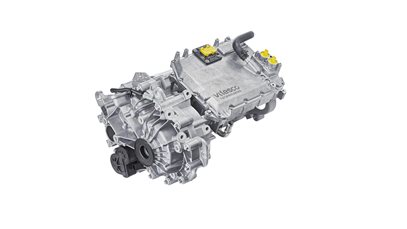
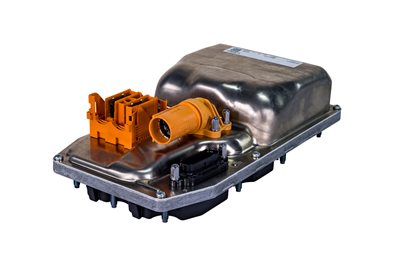
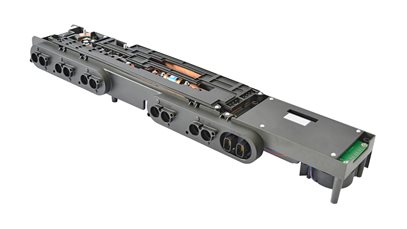
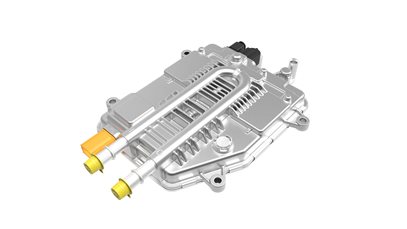
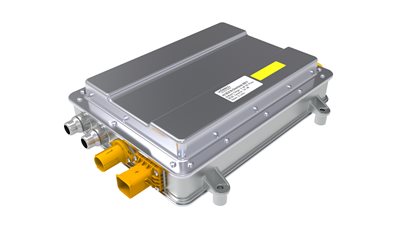
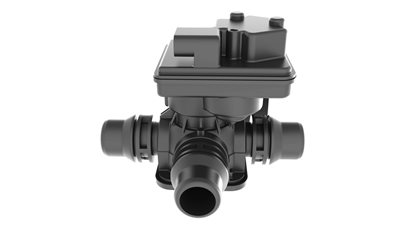
.jpg?width=407&resizemode=force)
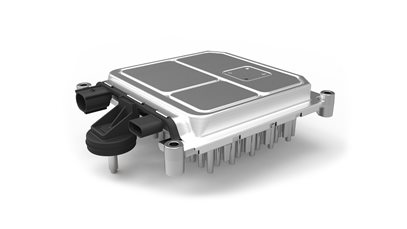


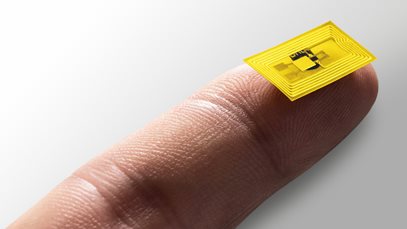
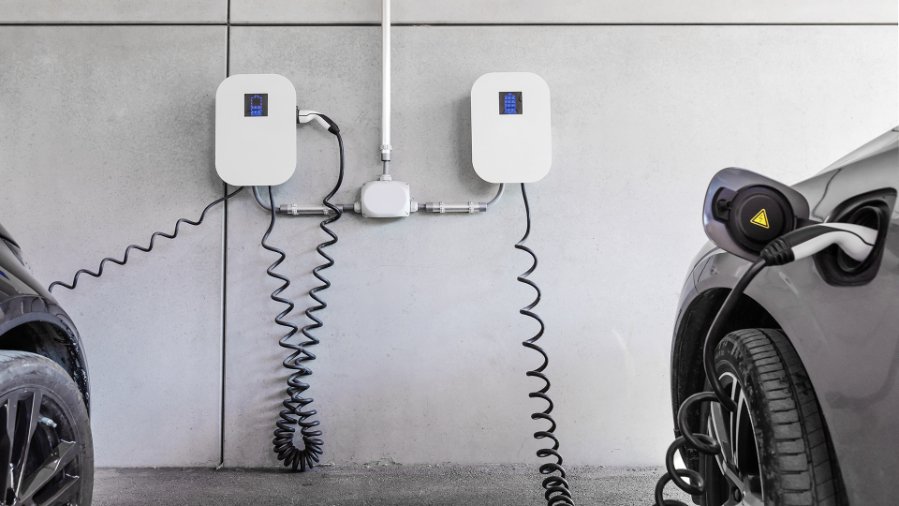



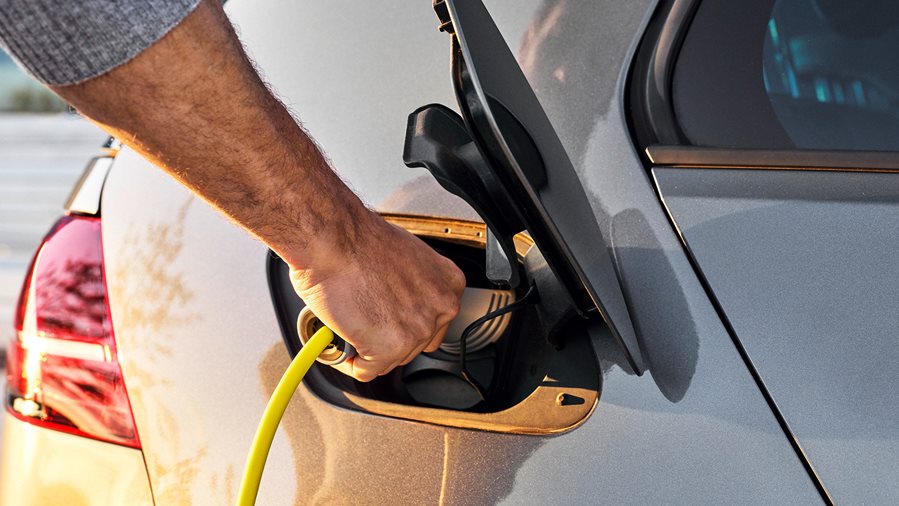

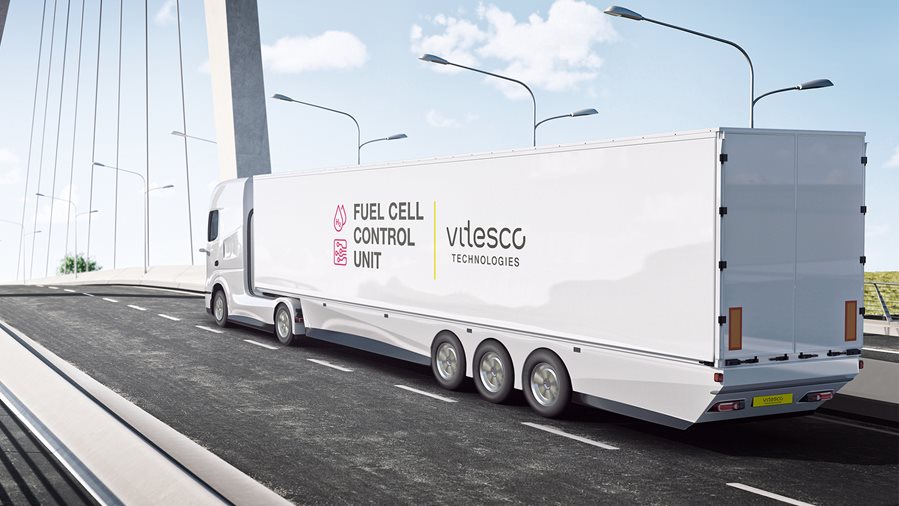




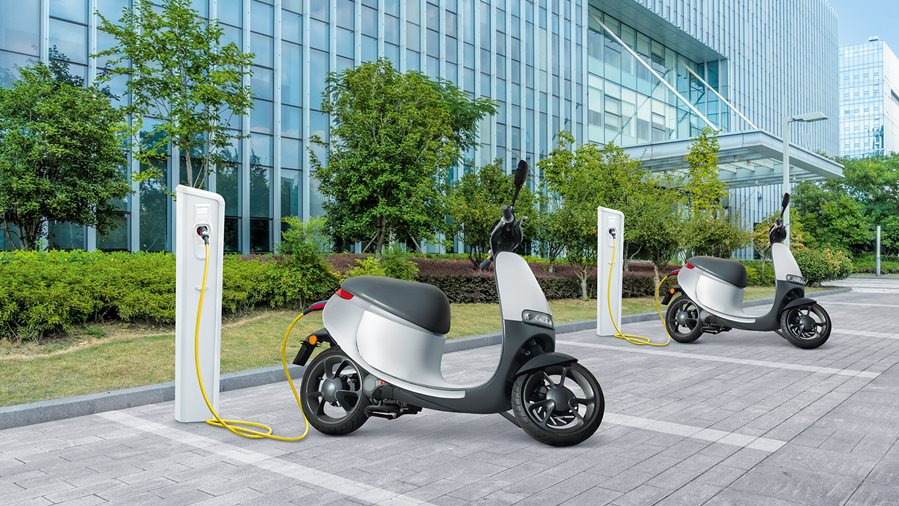
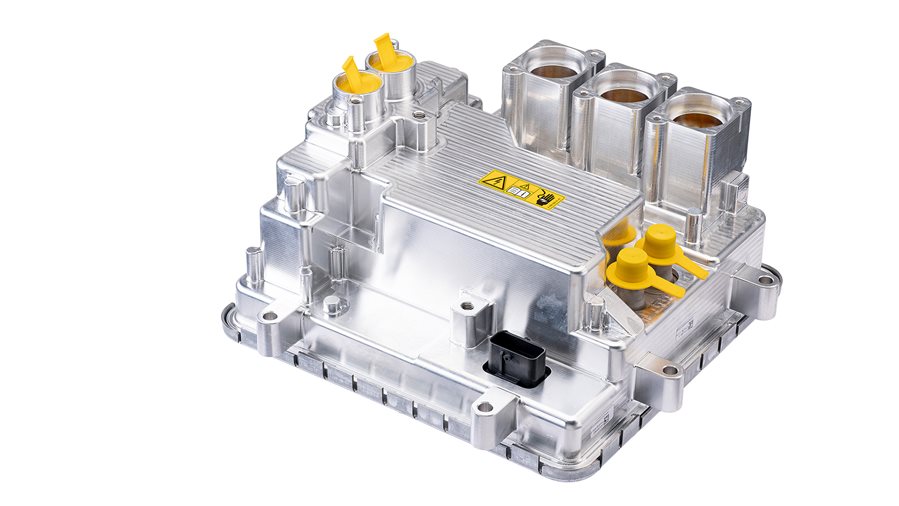



The Vitesco Technologies Group became part of the Schaeffler Group as of October 1, 2024, due to the merger of Vitesco Technologies Group AG into Schaeffler AG.
Please note: Legal or actual changes since October 1, 2024, are therefore no longer reflected in the content of the website.
As the website is no longer updated, we assume no liability for the content of this website, or the linked websites contained therein. The operators of the linked sites are solely responsible for their content.
Irrespective of this, you can still find the current BPCoC and the General Terms and Conditions of Purchase at Vitesco Technologies - Suppliers (vitesco-technologies.com)
Under the following link you will find the current Schaeffler website:



















.jpg?width=407&resizemode=force)





















The need to reduce greenhouse gas emissions requires quantifying the environmental impact and the product's carbon footprint in a standardized and reliable way. Through assessment of the vehicle components, it is possible to identify the environmental hotspot(s) and take appropriate measures to mitigate, reduce or eliminate them through change of critical materials, processes, or product designs. For each component, sub-component or process that contributes to the realization of the product, it is possible to calculate the carbon footprint with primary data (actual data coming from measurement) or estimates using secondary data (average data coming from a database).
According to the different stages of the vehicle’s life cycle, different types of life cycle assessment (LCA) can be obtained. The most common approach for an LCA is the so-called “cradle-to-gate” approach, which considers the contribution of products and processes from the extraction of raw materials to the customer gate. Other types of LCA are “cradle-to-grave” (from raw material extraction to the disposal of the product) or “cradle-to-cradle” (to the recycling of the product). Besides, it is possible but not common to calculate the LCA between steps/entities within a “gate-to-gate” approach.
According to the analysis conducted, it is possible to provide different indicators about the environmental impact and pollutants, as well as the quantity of water consumed. Related to the carbon footprint, the result is expressed in CO2e (“CO2 equivalent”) in which all the different substances (CO2, NOx, NH3, …) are converted to use a common unit of measure. CO2 represents the baseline with a factor of 1.
Vitesco Technologies is proactively participating in different consortia (Catena-X, IMDS) to help gain a better understanding of how our supply chains and manufacturing processes work and can be improved to reduce the CO2 footprint of our products.
